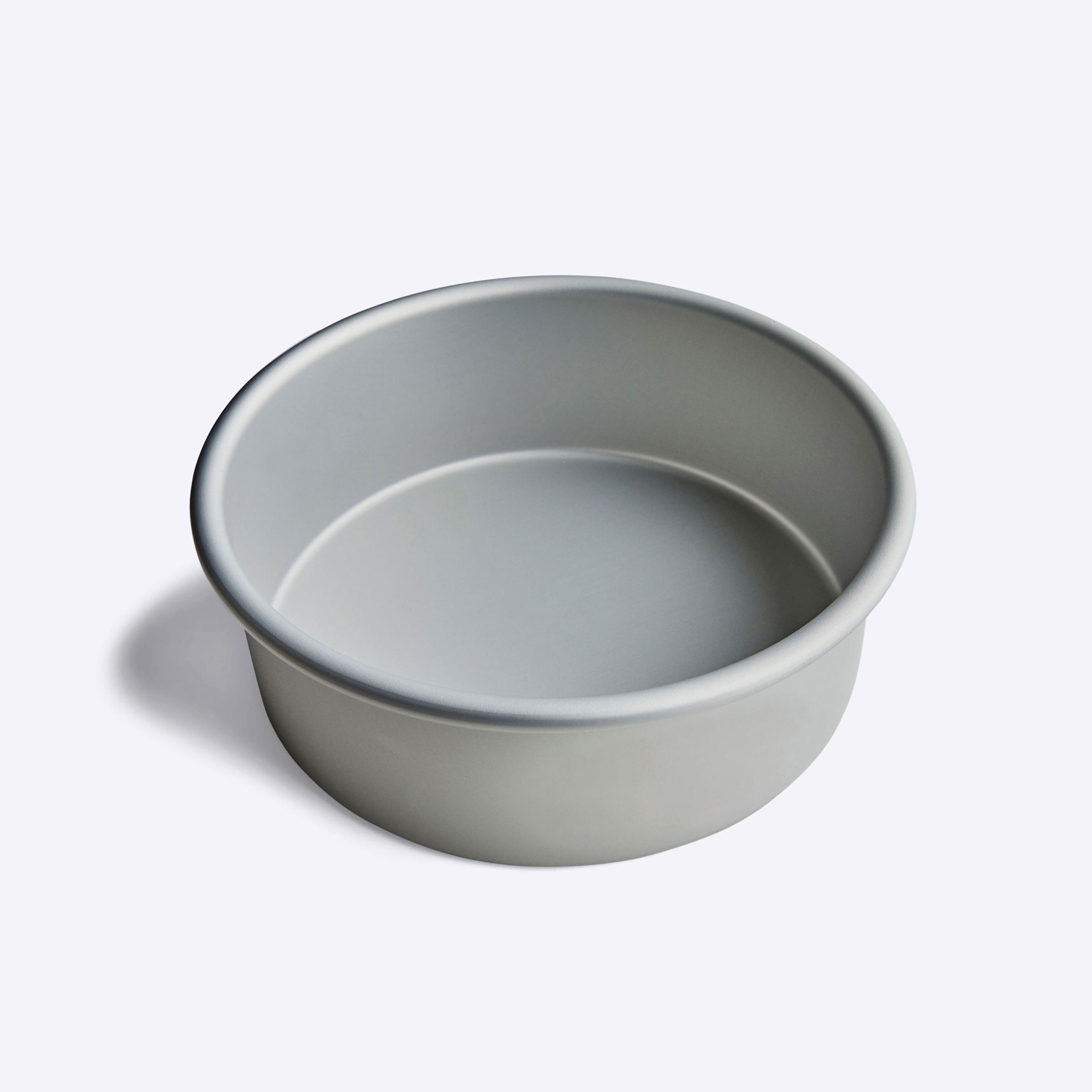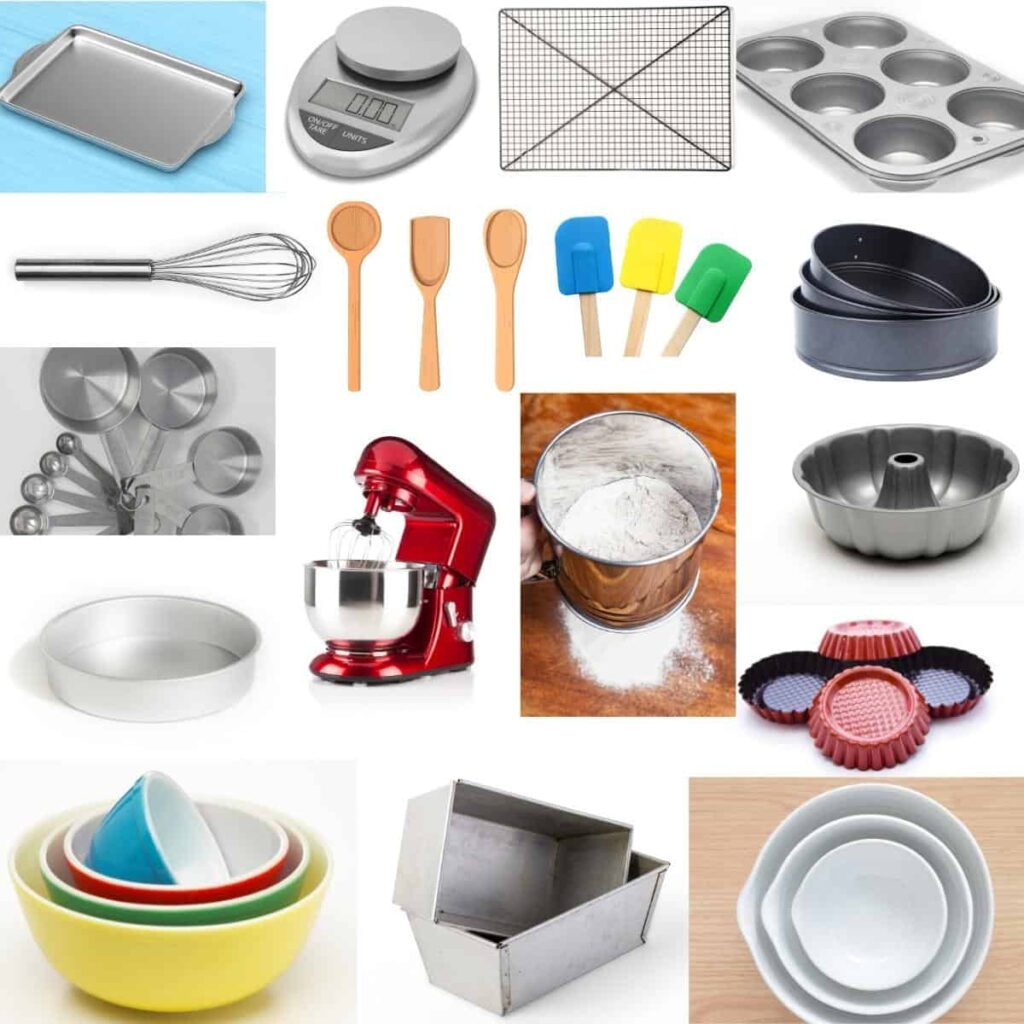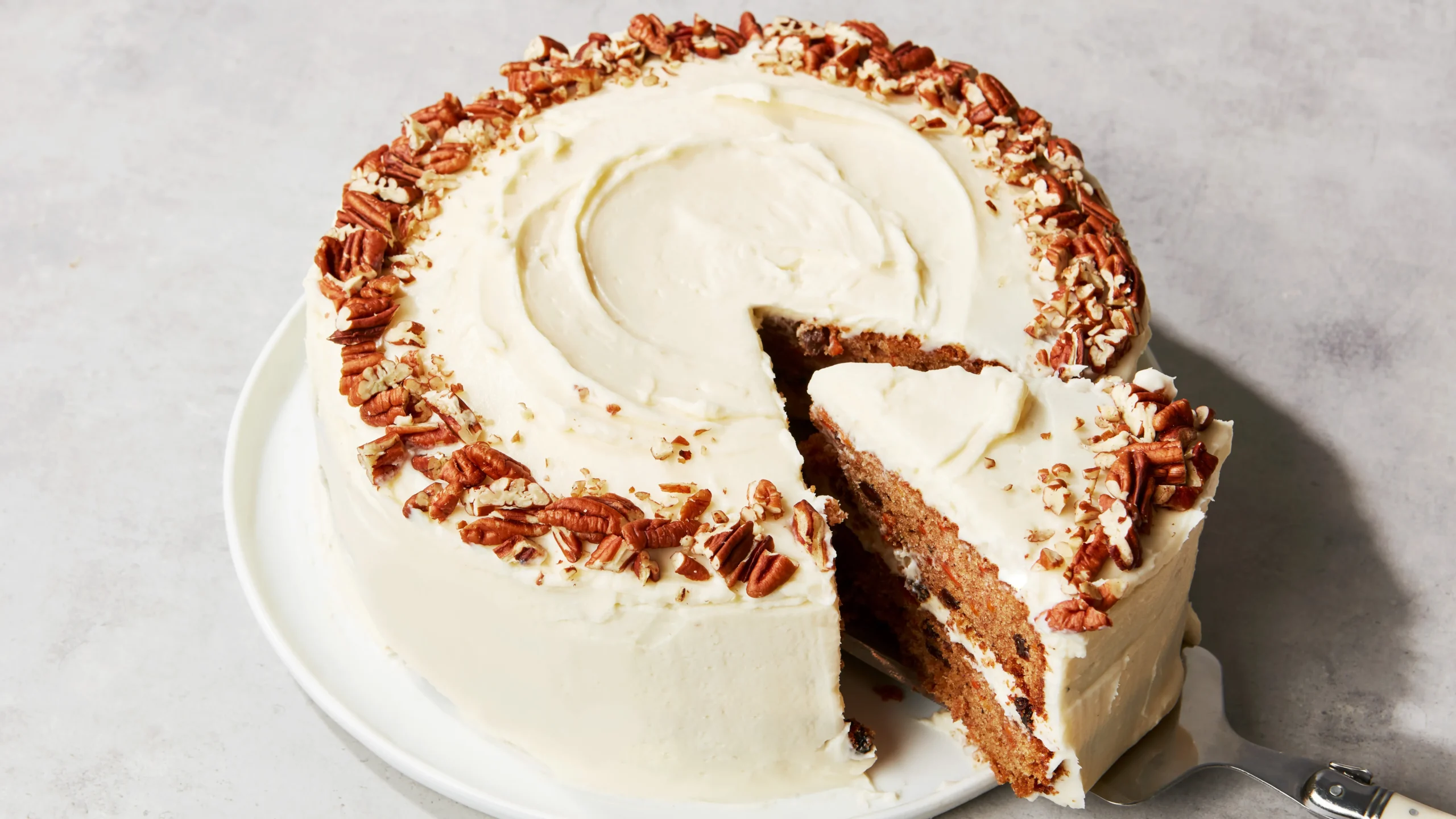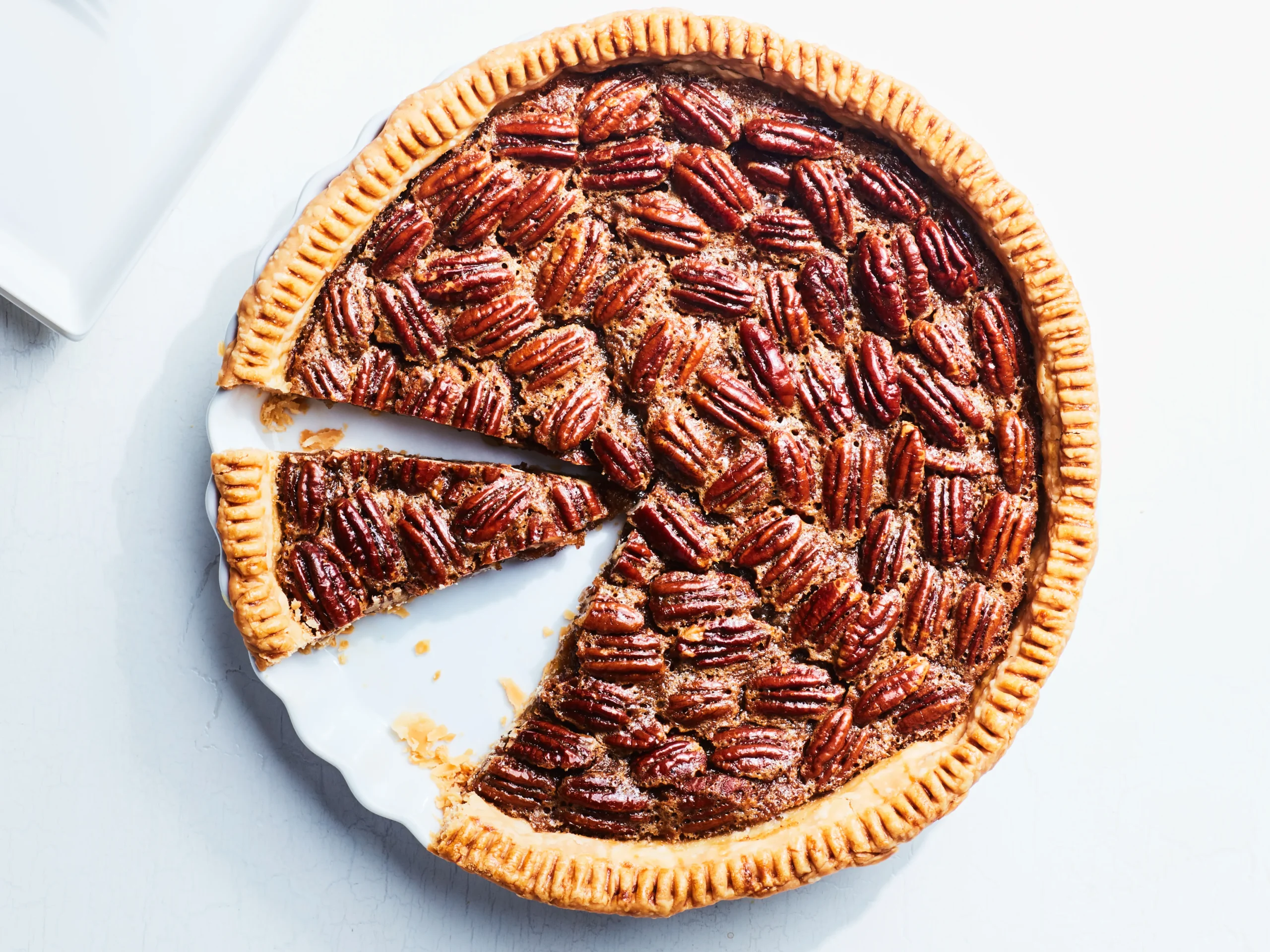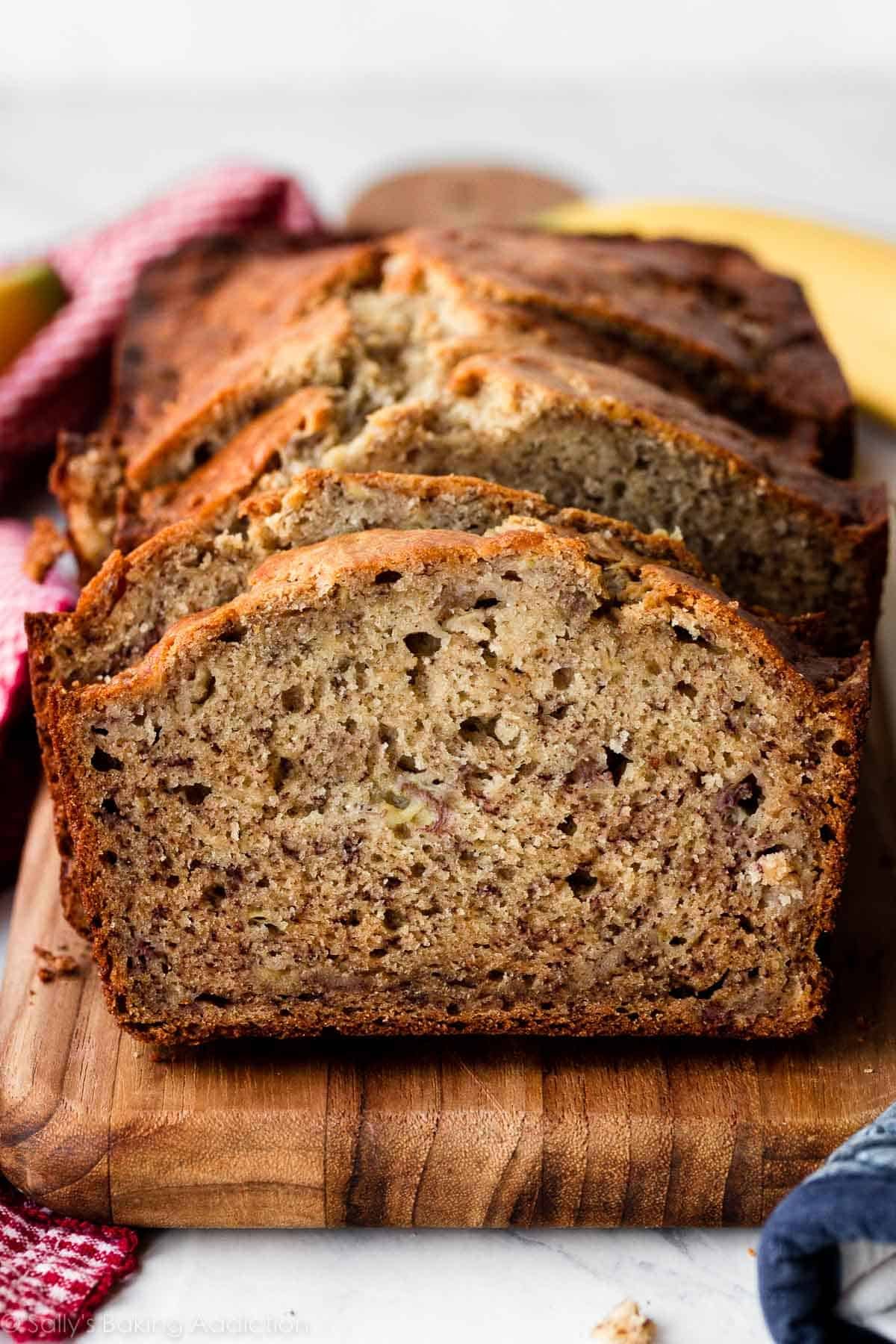Cake pans are essential tools used for baking cakes in various shapes and sizes. In addition to traditional round and rectangular pans, there are also novelty pans available in different themes such as animals, flowers, and characters.
These pans are made from different materials such as aluminum, stainless steel, and silicone, each offering different baking results. During the baking process, cake pans provide even heat distribution and ensure that the cake bakes evenly. They also play a role in shaping and creating the desired design of the finished cake.
Whether you are a professional baker or a home baker, having a collection of quality cake pans is crucial for creating beautiful and delicious cakes.
Types Of Cake Pans
If you love baking and creating delicious cakes, choosing the right cake pan is essential. Different types of cake pans can significantly impact the outcome of your baked creation. In this blog post, we’ll explore the various cake pan options available and how they can elevate your cake baking experience.
Round Cake Pans
Round cake pans are perhaps the most popular choice for baking cakes. Their circular shape allows for even distribution of heat, resulting in cakes with uniform texture and bake. Available in various sizes, including 6-inch, 8-inch, and 9-inch, round cake pans are versatile and suitable for making layer cakes, birthday cakes, and even cheesecakes. Their deep sides make it easy to layer your cake with filling, frosting, or fruit.
Square Cake Pans
Square cake pans offer a unique twist to your cakes’ presentation. With straight edges and sharp corners, these pans create a modern and sleek look. Square cake pans are ideal for making sheet cakes, brownies, and even cornbread. Their uniform shape also simplifies the cake cutting process, making it easier to serve even pieces. Whether you are baking for a special occasion or simply want to switch up your cake presentation, square cake pans are a great choice.
Rectangular Cake Pans
If you’re aiming for a larger cake, rectangular cake pans are a perfect choice. These pans are designed to cater to bigger occasions and can easily accommodate a higher volume of batter. Whether you’re baking a sheet cake for a birthday party or a large dessert to share at a potluck, rectangular cake pans are up to the task. Their elongated shape allows for easy slicing, while their sturdy construction ensures even baking throughout.
Bundt Cake Pans
To add a touch of elegance to your cakes, consider using a Bundt cake pan. These pans feature intricate designs with a hole in the center, resulting in beautifully detailed cakes. Bundt cakes are perfect for special occasions or when you want to impress your guests. The unique shape of the Bundt pan creates a stunning visual appeal, and with a proper greasing and flouring technique, these cakes can effortlessly slide out of the pan, maintaining their exquisite shape.
Springform Cake Pans
If you enjoy making cheesecakes or delicate layered cakes, a springform cake pan is a must-have in your baking arsenal. These pans feature a removable bottom and a latch mechanism that allows for easy release of the cake without causing damage. Springform pans are perfect for cakes that require a delicate touch during removal, keeping the cake intact while you unfasten the sides. The springform mechanism makes these pans versatile, allowing you to create a variety of baked goods, including tarts and tortes.
Now that you know the different types of cake pans available, you can choose the perfect one for your next baking adventure. Whether it’s round, square, rectangular, Bundt, or springform, each cake pan offers its own advantages and possibilities. So, go ahead and explore the wonderful world of cake baking with the perfect cake pan!
Choosing The Right Cake Pan Size
When it comes to baking a cake, one of the key factors that can make or break your creation is the size of the cake pan you use. The right size cake pan ensures that your cake bakes evenly and has the perfect height for decorating. Determining the appropriate size and shape of cake pan can be a daunting task, but fear not! In this blog post, we will guide you through the process of choosing the right cake pan size for your delicious creations.
Determining The Cake Size
Before you embark on your cake baking journey, it’s important to determine the size of cake you want to make. Are you baking a small cake for an intimate gathering or a larger cake for a birthday party or special occasion? Consider factors such as the number of guests you are serving and the desired number of cake layers. Once you have a clear idea of the cake size you want, you can proceed to selecting the appropriate cake pan.
Factors To Consider When Selecting A Size
Choosing the right size cake pan involves considering several factors. Here are a few key factors to keep in mind:
- Recipe: Different cake recipes may require specific cake pan sizes. Some recipes may specify the exact dimensions of the pan to achieve the desired results. Be sure to check the recipe for any guidance on cake pan size.
- Oven Space: Consider the space available in your oven. If your oven is limited in size, you may need to choose a smaller cake pan to ensure proper air circulation and even baking.
- Desired Cake Height: Think about the height of your cake layers. If you want shorter layers, a wider cake pan may be suitable. On the other hand, if you prefer taller layers, a narrower and deeper cake pan may be the way to go.
- Portion Size: Take into account the size of each cake serving you wish to achieve. If you want larger individual slices, opt for a larger cake pan. For smaller, daintier portions, choose a smaller pan.
Common Cake Pan Sizes
When it comes to choosing a cake pan size, there are some common options available that can serve as a starting point. Here are a few widely used cake pan sizes:
| Pan Size (Diameter) | Recommended Servings |
|---|---|
| 6 inches | 6-8 servings |
| 8 inches | 10-12 servings |
| 9 inches | 12-16 servings |
| 10 inches | 16-20 servings |
| 12 inches | 20-30 servings |
These are just a few examples, and cake pans come in various sizes, including square, rectangular, and heart-shaped pans. Consider your specific needs and preferences when choosing the right cake pan size for your next baking adventure.
Non-stick Cake Pans
Non-stick cake pans are essential for baking delicious, perfectly shaped cakes. With their smooth surface, these pans ensure easy release and effortless cleaning, making baking a piece of cake.
Benefits Of Using Non-stick Cake Pans
Using non-stick cake pans can greatly enhance your baking experience and improve the quality of your cakes. Here are some key benefits to consider:
- Easy release: Non-stick cake pans make it a breeze to remove your cakes from the pan without any hassle. Thanks to the non-stick coating, your cakes will effortlessly slide out, preserving their shape and appearance.
- No mess: With non-stick cake pans, there’s no need to worry about cake batter sticking to the pan and creating a messy cleanup. The non-stick surface prevents residue from clinging to the pan, making it easier to wash and maintain.
- Even baking: Non-stick cake pans distribute heat evenly, ensuring that your cakes bake uniformly. This feature avoids hot spots that can result in unevenly baked cakes. So, you can expect consistent results every time you bake.
- Healthier option: Non-stick cake pans often require less or no grease, as the non-stick surface naturally prevents sticking. By reducing the amount of fat or oil needed, you can create healthier and lighter cakes without compromising on taste.
Features To Look For In Non-stick Cake Pans
When choosing non-stick cake pans, it’s crucial to consider certain features to ensure you’re investing in a quality product. Here are a few key features to look for:
- Durable construction: Look for cake pans that are made of sturdy materials like heavy-gauge steel to ensure longevity and durability.
- Non-toxic coating: Opt for cake pans that are PFOA-free or labeled as food-grade non-stick to guarantee that no harmful substances will leach into your cakes.
- Heat resistance: Ensure that the cake pans are rated for high temperatures, typically around 450°F (232°C), to withstand the heat of your oven without warping or affecting the non-stick coating.
- Easy to clean: Choose non-stick cake pans that are dishwasher-safe or have a smooth surface that can be easily cleaned by hand with minimal effort.
Care And Maintenance Of Non-stick Cake Pans
To prolong the lifespan of your non-stick cake pans and maintain their effectiveness, proper care and maintenance are essential. Here are some tips to follow:
- Avoid metal utensils: Metal utensils can scratch the non-stick surface of your cake pans. Instead, use silicone, wooden, or plastic utensils to protect the coating.
- Hand washing: While some non-stick cake pans are dishwasher-safe, it’s generally recommended to hand wash them using mild dish soap and a soft sponge or cloth. This helps preserve the non-stick coating and prevents any potential damage from harsh dishwasher detergents.
- Avoid abrasive cleaners: Abrasive cleaning tools or harsh chemicals can damage the non-stick coating. Stick to gentle cleaning methods and non-abrasive cleaners to keep your cake pans in optimal condition.
- Store properly: To prevent scratching or damaging the non-stick coating, stack your non-stick cake pans with a layer of parchment or wax paper between each pan. Store them in a cool, dry place to maintain their quality.
Specialty Cake Pans
Specialty cake pans are an excellent way to elevate your baking game and create truly unique and eye-catching creations. Whether you’re looking to impress at a special occasion or simply want to add a touch of creativity to your homemade treats, specialty cake pans are the way to go. In this section, we’ll explore some popular options for specialty cake pans, including shaped cake pans, tiered cake pans, angel food cake pans, and cheesecake pans. Let’s dive in!
Shaped Cake Pans
Shaped cake pans are a fantastic choice when you want to transform a simple cake into something extraordinary. These pans come in a wide range of shapes, from traditional favorites like hearts and stars to fun and whimsical options like cartoon characters and animals. Whether you’re baking a birthday cake for a Disney-loving child or surprising your significant other with a heart-shaped treat on Valentine’s Day, shaped cake pans allow you to effortlessly add a touch of personality to your creations.
Tiered Cake Pans
If you’re aiming for a show-stopping centerpiece that will leave your guests in awe, look no further than tiered cake pans. These pans, available in various sizes and designs, allow you to create visually stunning cakes with multiple tiers. Perfect for weddings, anniversaries, or any other grand celebration, tiered cake pans let you stack and decorate your cakes for a truly impressive and professional-looking result. With a bit of creativity and a steady hand, you can turn your homemade confections into works of art.
Angel Food Cake Pans
Angel food cake pans are a must-have for any baker who loves the light, airy texture and delicate sweetness of this classic dessert. These pans are specifically designed to enhance the unique qualities of an angel food cake, with their tall, narrow shape and a hollow tube in the center. The shape of the pan promotes even baking and ensures the cake’s signature fluffy texture. So, if you want to indulge in a heavenly treat that melts in your mouth, an angel food cake pan is an essential addition to your kitchen.
Cheesecake Pans
For those who can’t resist the creamy, velvety goodness of a cheesecake, having a dedicated cheesecake pan is a game-changer. These pans typically feature a removable bottom, making it easier to release the delicate cake without damaging its smooth surface. This way, you can effortlessly present a flawless cheesecake to wow your family and friends. From classic New York-style to fruity variations, the possibilities are endless when you have a reliable cheesecake pan in your baking arsenal.
Tips For Properly Using Cake Pans
Using the right cake pan is essential for achieving a perfect bake. Whether you are a beginner or an experienced baker, these tips will help you properly use and maintain your cake pans for consistent and delicious results every time. From preparing the cake pan to adjusting baking temperature and time, we’ve got you covered!
Preparing The Cake Pan
Properly preparing the cake pan before baking is crucial for easy release and a beautifully shaped cake. Follow these steps to ensure your cake comes out perfectly:
- Grease the pan: Start by greasing the inside of the cake pan. Use a pastry brush or paper towel to evenly distribute a thin layer of vegetable shortening or melted butter. This will prevent your cake from sticking to the pan.
- Dust with flour: After greasing, lightly dust the greased surface with flour. This will create a barrier between the cake batter and the pan, further reducing the chances of sticking.
- Line the bottom: For added assurance, you can cut a parchment paper circle to fit the bottom of the pan. This extra step will make removing the cake later a breeze.
Properly Filling The Cake Pan
Properly filling the cake pan ensures even baking and a nicely shaped cake. Here are some tips to remember while filling your cake pans with batter:
- Don’t overfill: Avoid the temptation to pour all the batter into a single cake pan. Fill the pan only up to two-thirds of its capacity to allow room for the cake to rise without overflowing.
- Divide equally: If you are making multiple layers, make sure to divide the batter equally among the pans. This will ensure even baking and prevent one layer from being thicker or thinner than the others.
- Smooth the surface: After pouring the batter into the pan, use a spatula to gently smooth the surface. This will help achieve an evenly baked cake with a beautiful flat top.
Baking Temperature And Time Adjustments
Baking time and temperature can vary depending on the cake recipe and the type of cake pan you are using. Here are some general guidelines to help you adjust the baking temperature and time:
| Cake Pan Material | Baking Temperature | Baking Time |
|---|---|---|
| Metal | Reduce temperature by 25°F (15°C) | Reduces time by 10-15% |
| Glass | Keep temperature as indicated in the recipe | Check for doneness at the original time |
| Dark-colored non-stick | Increase temperature by 25°F (15°C) | Reduce time by 10-15% |
Removing The Cake From The Pan
No one wants a cake that sticks to the pan, so follow these steps to easily remove your cake:
- Cooling time: Allow your cake to cool in the pan for about 10-15 minutes. This will help it set and firm up slightly, making it easier to remove.
- Loosening the sides: Take a thin knife or an offset spatula and gently run it along the edges of the cake to loosen it from the pan.
- Flipping the pan: Place a wire rack or a flat plate on top of the cake pan. Hold them firmly together and flip them over to release the cake onto the rack or plate.
- Removing the bottom: If you lined the bottom with parchment paper, gently peel it off. Otherwise, use a spatula or your hands to lift the cake off the pan bottom.
By following these tips, you’ll be able to properly use your cake pans and achieve professional-looking cakes with ease. Remember, proper preparation, filling, temperature adjustments, and removal techniques are key to successful and enjoyable baking experiences.

Credit: www.amazon.com
Frequently Asked Questions On Cake Pans
What Are The Different Types Of Cake Pans?
Cake pans come in various shapes and sizes, including round, square, and rectangular pans. Other types include bundt pans, sheet pans, and springform pans. Each type offers unique advantages and is suitable for different cake recipes.
How Do I Choose The Right Cake Pan Size?
To choose the right cake pan size, consider the recipe’s recommended pan size, the number of servings needed, and the desired cake height. It’s best to follow the recipe’s instructions, but if you’re adapting a recipe, use pans with similar volumes to ensure even baking.
What Is The Best Material For Cake Pans?
The best material for cake pans depends on your preferences and needs. Common materials include aluminum, stainless steel, and silicone. Aluminum pans provide excellent heat conductivity, stainless steel pans are durable and resistant to rust, while silicone pans offer non-stick properties.
How Do I Prevent Cakes From Sticking To The Pan?
To prevent cakes from sticking to the pan, ensure it’s properly greased and floured. You can also line the bottom of the pan with parchment paper. Allow the cake to cool for a few minutes before gently loosening the edges with a knife and inverting it onto a wire rack.
Conclusion
Cake pans are an essential tool for every baker. They provide the foundation for creating beautiful and delicious cakes. With a wide variety of shapes and sizes available, cake pans offer endless possibilities for creative designs. Whether you’re a beginner or an experienced baker, investing in high-quality cake pans will ensure consistent and professional results.
So, don’t hesitate to stock up on different types of cake pans and unleash your inner creativity in the kitchen.
